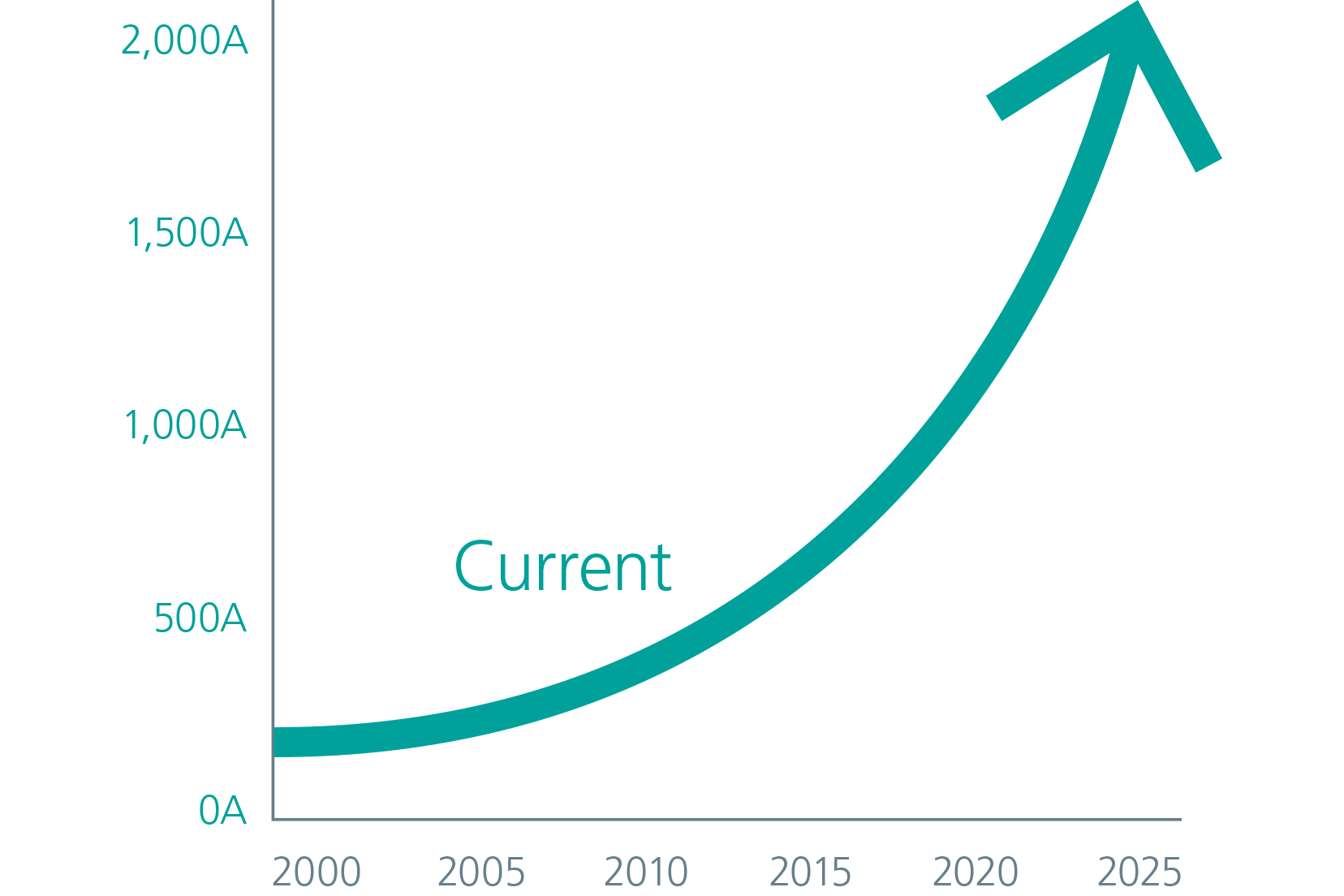
Located in the heart of the coal development region of Eastern Montana, the Northern Cheyenne Tribe has remained steadfast in their resistance to fossil fuels. In 2016, The Northern Cheyenne Tribal Council passed a resolution to pursue renewable energy. Today, the White River Community Solar Project represents the first step the Tribe is taking to generate all of its own energy from renewables while also creating jobs and driving economic development.
.png.png)
A supercapacitor is similar to a rechargeable battery but the main difference is in how the two devices store charge. A battery uses chemical reactions to store and release charge, whereas a supercapacitor does not rely on chemical reactions. Instead, it relies on the movement of electrons between electrodes, so it takes longer to degrade and has a longer lifespan.

Click image to enlarge
Figure 1. Power delivery and power efficiency has become the largest concern in large scale computing systems. The industry has witnessed a dramatic increase in power consumed by processors with the advent of ASICs and GPUs processing complex AI functions. Rack power has also subsequently increased with AI capability being utilized in large scale learning and inferencing application deployments. In most cases, power delivery is now the limiting factor in computing performance as new CPUs look to consume ever increasing currents. Power delivery entails not just the distribution of power but also the efficiency, size, cost and thermal performance